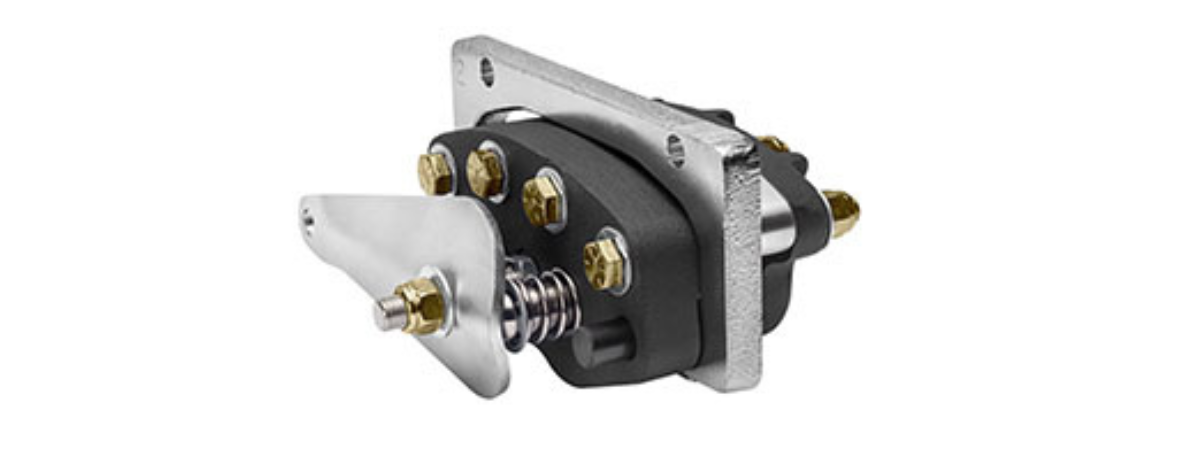
Why choose a caliper disc brake? Because they are made for the real world. Industrial caliper disc brakes work reliably to slow and stop movement. They can hold a load in place or provide smooth, variable speed tensioning. For example, with standard pneumatic or hydraulic brakes, you can use changes in pressure to gradually modify the tension, which is a necessity in the case of reels and spools.
Caliper brakes can be used on a rotating disc or on a rail to control linear movement, as long as there is something for the brake to grip.
Maximum versatility
Branham offers pneumatic caliper disc brakes as well as hydraulic and mechanical models. Each provides different practical advantages depending on your application:
- Pneumatic brakes don’t need electricity, so if there’s a loss of power, it won’t affect function as long as compressed air is still available. You can create a system that locks up the brake if pressure is lost by using pneumatic spring-applied models. This style makes for ideal emergency brakes—just pressurize to release.
- Hydraulic brakes are also relatively easy to use and don’t require electricity but offer higher braking force depending on your hydraulic pressure.
- Mechanical brakes are lever-operated, so there is no need for an outside power source. That makes this brake style especially easy to incorporate into your design.
Indoors and out, we are surrounded by examples of industrial caliper brakes in action. Many of these uses are quite common, but others are more unusual or even one-offs—as diverse as the real world itself. Here are just 17 of the possible use cases for caliper disc brakes:
- Manipulator arms (to hold the elbow and/or shoulder in place)
- Conveyor systems—not only in traditional manufacturing settings but also for portable units that are used to unload trucks, where the brake holds the unit in place while the conveyor is operating
- Hose reels
- Indexers—for example, spring-applied caliper brakes for welding on steel frames (the brake holds the jig in place while the weld is made and then allows rotation to the next weld point and holds again)
- CNC machinery
- Packaging—tensioning certain lines or rolls of material
- Paper and corrugated box manufacturing
- Printing presses
- Web and wire tensioning
- Wind turbines
- Winches
- Off-road vehicles—including vintage racing snowmobiles
- Trailer emergency brakes (for on- or off-road vehicles)
- Agricultural equipment
- Remote-controlled sewer inspection vehicles (or any other remote operating unit)
- Theatrical rigging
- Mining rigging
Versatility isn’t the only reason to use caliper disc brakes
Multiple real-world factors make caliper disc brakes a good choice for your application:
- They are an inexpensive solution—the up-front cost is lower, and they’re easy to inspect as part of your regular upkeep routine.
- They provide reliable, consistent function, whatever the application.
- The physics and capabilities of caliper disc brakes are easy to translate into equipment design.
Despite the many examples we give here, this is by no means an exhaustive list of possible caliper disc brake uses! Whatever your application, if it requires slowing movement, stopping movement, holding loads, or tensioning, an industrial caliper disc brake is well worth considering.


